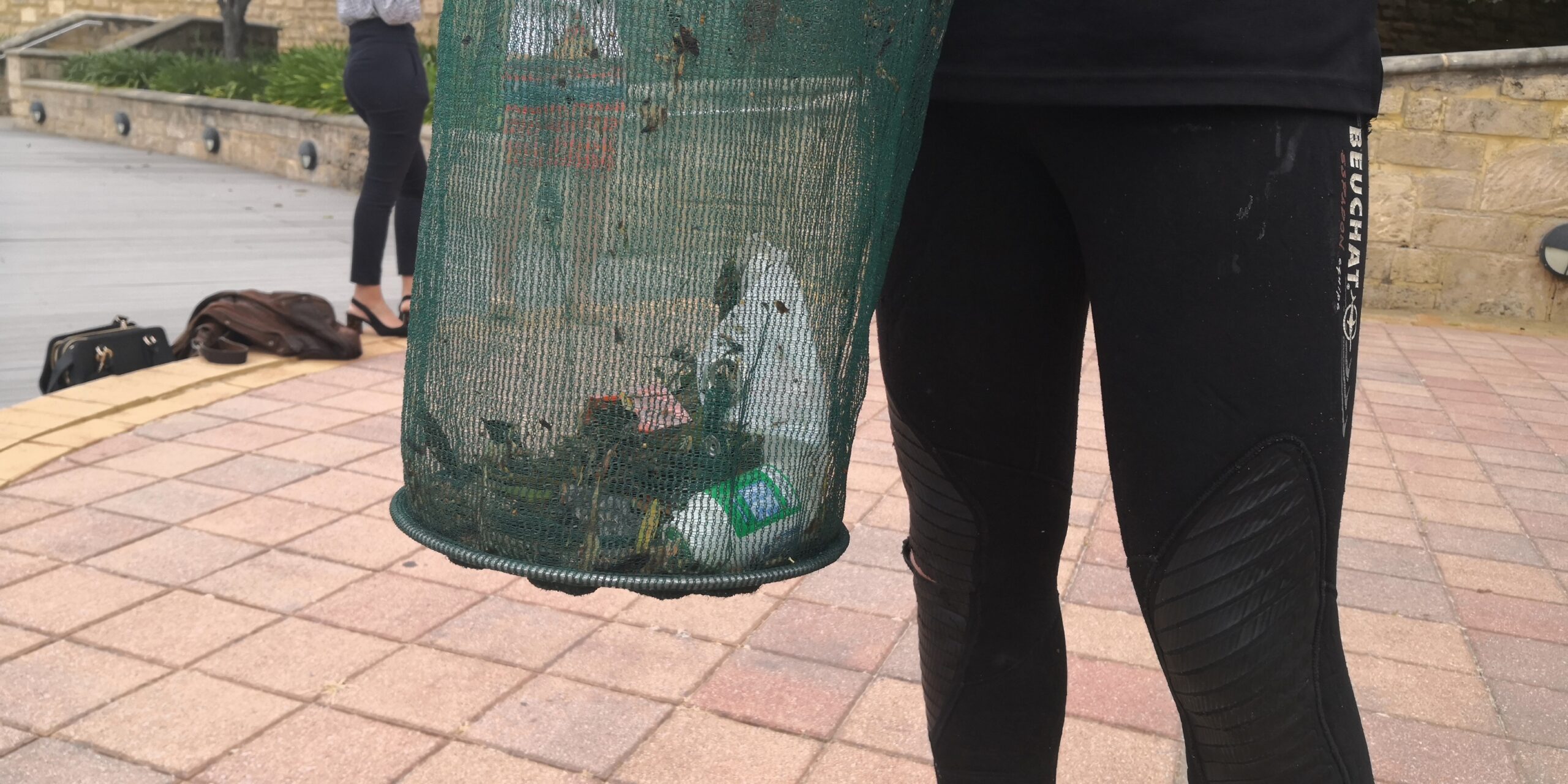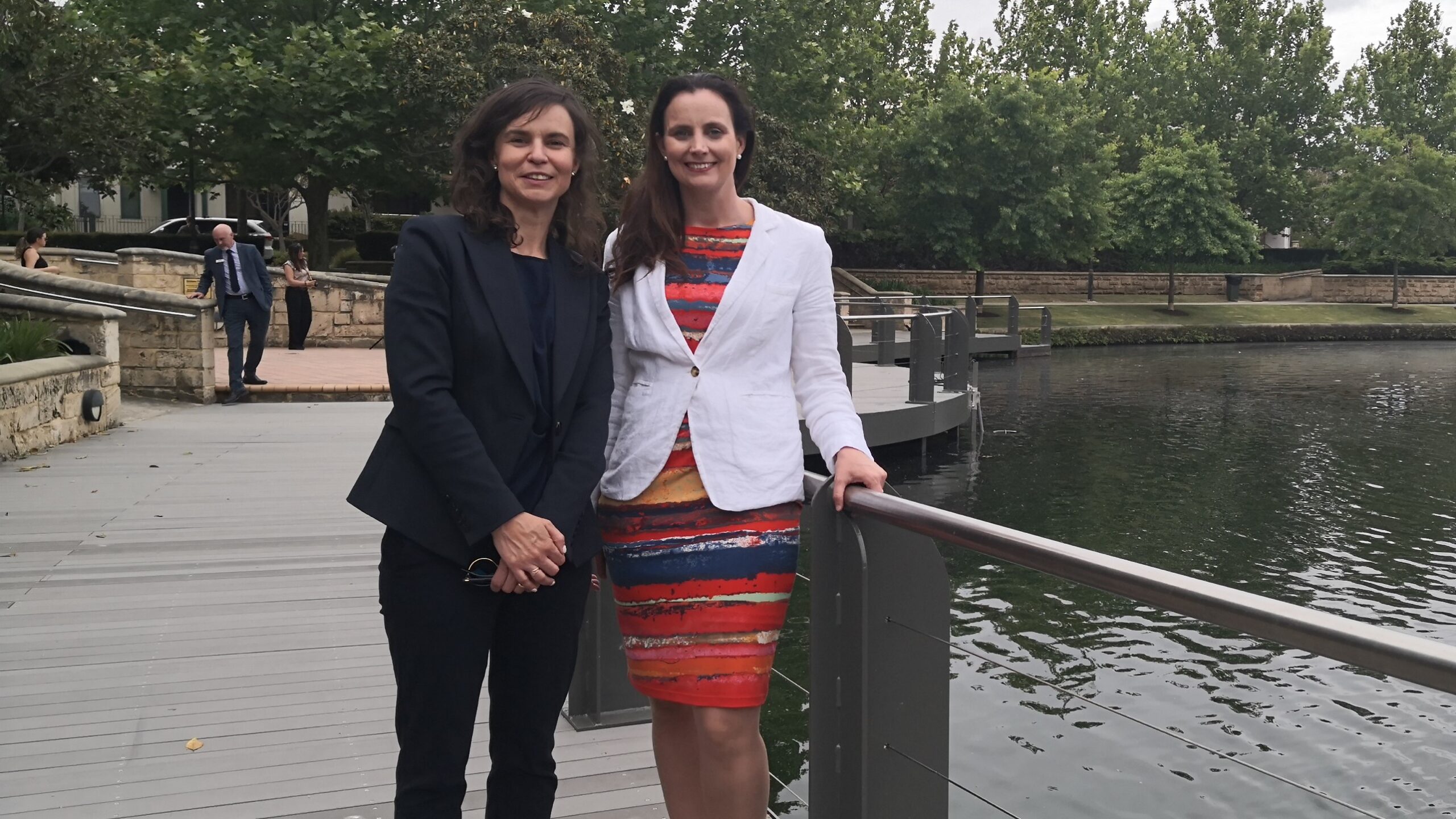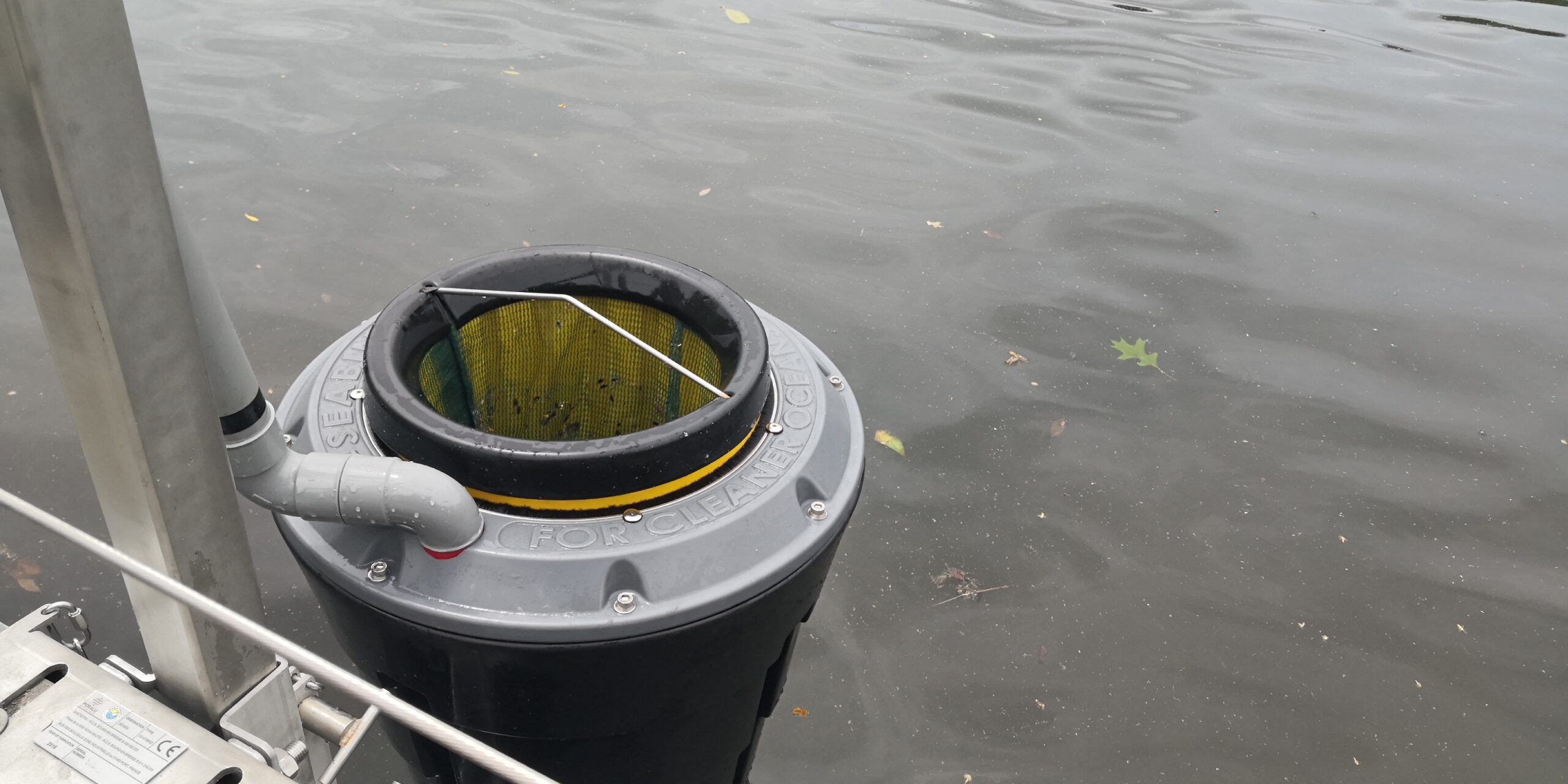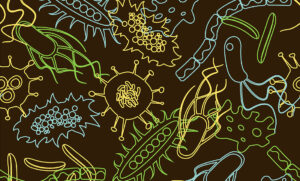Keeping waterways clean has been an ongoing challenge for cities around the world. From plastic bottles to cigarette butts, our waterways are full of trash generated by our lifestyles.
But an Australian invention has been helping to combat this problem and citizen science is helping it succeed.
Bins for the sea – and lakes
The Seabin is a ‘trash skimmer’ – capturing floating garbage in waterways and marinas. It uses a small pump to suck in water from the surface, filtering it through a mesh before it’s expelled. The mesh capture’s anything bigger than 2 millimetres in size, from trash and microplastics to leaves in waterways.
The Seabin is even made from recycled materials and only takes a few hours to install.
Demand for the device has grown in recent years, according to the Seabin Project’s Chief Scientist, Dr Julia Reisser.
“Our aim is to use those Seabins to clean up our waterways and also use them as a powerful tool for educational and science problems,” Julia says.
“We’ve installed more than 800 Seabins in 52 countries around the world.”
Each Seabin captures around 4 kilograms of rubbish every 24 hours, and with so many in use they’ve been catching a combined 3.6 tonnes of trash a day – picture a pile of rubbish the size of a female elephant!

Digging through the muck
The education drive comes in the form of a citizen science project called The Pollution Index. The project encourages local residents to collect data on the trash gathered by the eco-bins to help identify problem areas.
“Over the past 4 years the most common item [found] is microplastics,” Julia says. “The second is actually cigarette butts.”
“There are lots of people who throw their cigarette butts on the floor and when it rains, it goes into our waterways and the oceans.”

Residents around the world have been helping to build a map of waterway pollution by assessing the contents in the Seabins and sending in a report.
Julia says an interactive online map is in development and will help communities to track pollution at a local level. The map will help identify problem areas to focus on and even allow comparisons between areas.
But while there are over 860 Seabins in use around the world, the invention had never been used to clean up an Australian lake.
That is, until the City of Subiaco put its hand up.

Subiaco Seabin special
The City of Subiaco recently installed its first Seabin in a lake at the Subiaco Common.
Mayor Penny Taylor believes the Seabin is a great way to reduce the amount of rubbish making its way into the city’s waterways.
“It’s been installed in front of the stormwater drain so it prevents pollutants from entering the ocean system,” Penny says.
“As this system passively collects waste, we’re able to monitor what’s entering the water system.”
The lake in question was being cleaned by City of Subiaco staff on an almost daily basis. But daily cleaning didn’t stop fast-moving trash entering the stormwater system.
The city hopes its use of the Seabin will encourage other local governments to consider the product for their waterways too.









